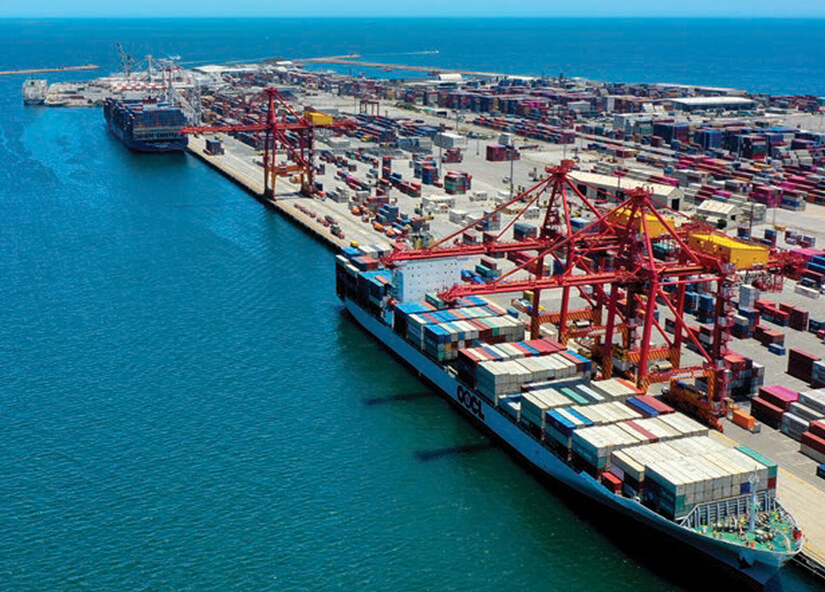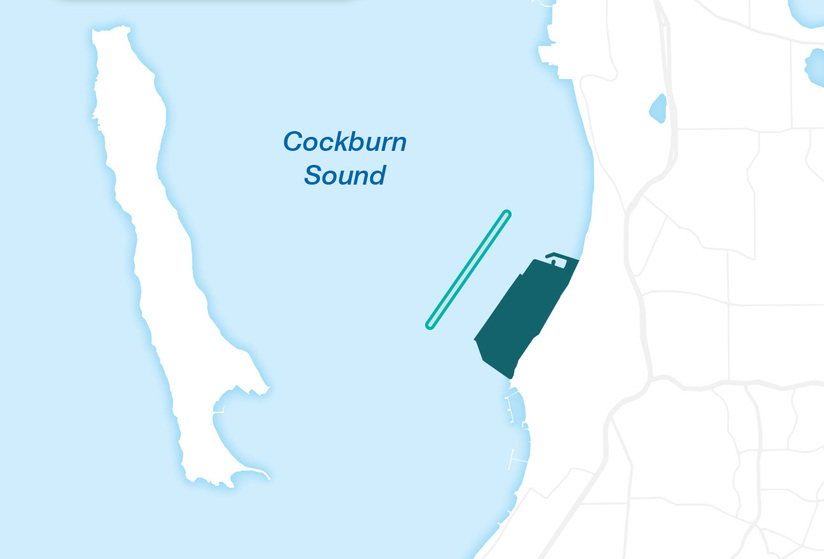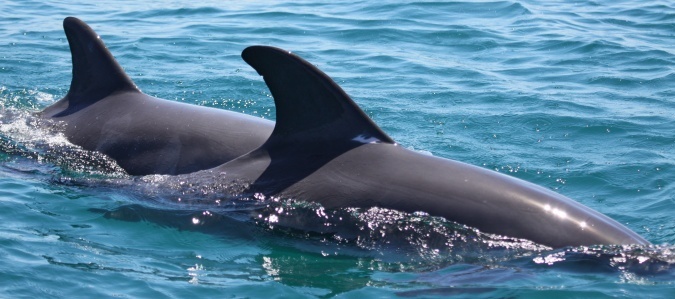A breakwater is required in Kwinana to protect the new container port from wave energy. It has been aligned to minimise impact to the environment. Further design refinements to minimise environmental impact are planned.
Container ships are tall and narrow, and sensitive to wave energy. Loaded high with containers above the water level, they are more susceptible to wave movement, which can shift containers around and make loading and unloading dangerous. A breakwater protects vessels from wave energy while they are at berth in port.

Identifying the need for a breakwater
Westport Stage 2, which identified Kwinana as the best location for a new container port and supply chain for WA, recommended modelling be undertaken to assess whether a breakwater was required during Stage 3, the design phase.
During Stage 3, wave modelling and vessel mooring analysis identified that wave energy coming into Cockburn Sound from a north-eastern direction, at sufficient volume that a breakwater was required to protect tall container ships.
Designing the breakwater
The preferred design for Westport, including the breakwater, was developed during Stage 3 of Westport.
To assess design options, a multi-criteria analysis was used, which placed equal weight on environmental and operational outcomes.
Hydrodynamic modelling was used to identify impacts a breakwater would have on the circulation of water. It was identified that a breakwater parallel to the shoreline would minimise impacts on the benthic habitat, water circulation and ‘flushing’ in Cockburn Sound, while still providing protection for the port terminal.
Refining and constructing the breakwater
During Stage 4, the breakwater – along with all other aspects of the port facilities and marine infrastructure design – is undergoing detailed design.
This is allowing for further refinement and investigations into how the breakwater can be developed to ‘work with nature’ and support habitat creation and the local marine ecosystem.
The breakwater will likely be constructed using a mix of limestone and hard rock materials. These will be sourced as close as possible to the port location to reduce transport and emissions costs.
Environmental Impact Assessment
The proposed breakwater, along with the port terminal and marine infrastructure, is undergoing both a State and Federal Environmental Impact Assessment (EIA) process.
The State environmental review is expected to be open to public comment in 2026.



